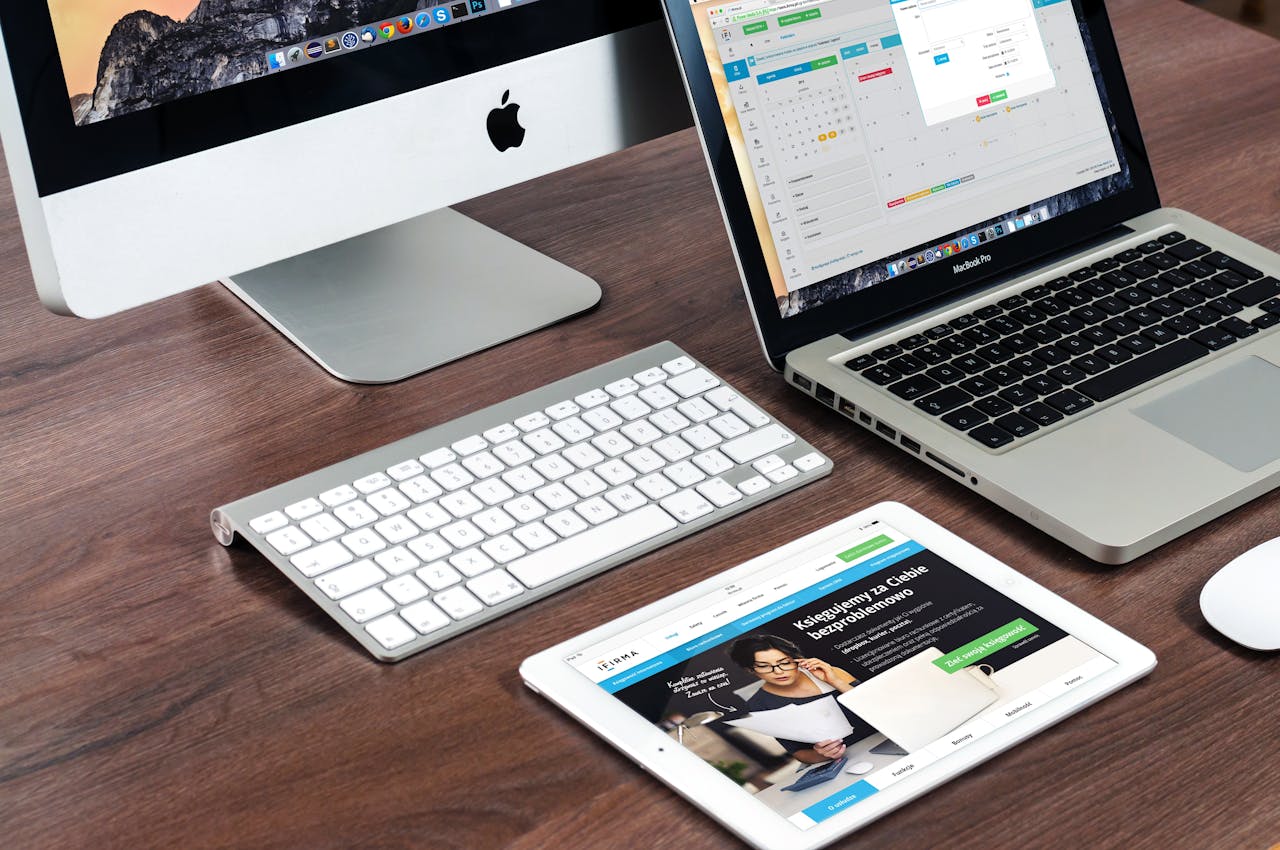Apple Growth Strategy,The iPhone Era: Glorious, But Peaking
Apple’s iPhone has been a cultural and financial juggernaut since its debut in 2007. For over 15 years, it has powered Apple’s revenue machine, at times accounting for over 50% of the company’s total income. But 2025 tells a different story.
While the iPhone still brings in billions, its global market saturation and incremental innovation cycles mean that year-over-year growth has slowed. Even in mature markets like the U.S., UK, and Japan, consumers are holding onto their phones longer—averaging 3.5 years per upgrade, compared to under 2 years a decade ago.
In China, once a strong growth engine, competition from Huawei, Xiaomi, and foldable Android alternatives is putting Apple under pressure. So the question isn’t whether the iPhone is still important—it clearly is—but what’s next?
Enter Vision Pro: A New Reality, or a Niche Toy?
Apple’s Vision Pro, its ambitious leap into mixed reality (MR), launched with fanfare in early 2024. Priced at $3,499, it’s clearly not for the masses—yet.
Early Numbers: Niche Adoption, But Strategic Impact
According to Counterpoint Research, Apple sold an estimated 180,000–200,000 Vision Pro units globally in its first quarter, a figure dwarfed by iPhone’s 55 million units in the same period. But what matters isn’t unit volume—it’s strategic position.
Vision Pro represents Apple’s first serious step into post-iPhone hardware. It lays the groundwork for a spatial computing ecosystem. Developers, filmmakers, and enterprise clients are starting to experiment, signaling early-stage momentum similar to the iPad’s 2010 debut.
Use Cases & Challenges
- Enterprise & Productivity: Remote collaboration, training, 3D design.
- Entertainment: Immersive sports, Disney+ partnership, 3D movies.
- Health & Wellness: Meditation apps, posture monitoring, digital vision therapy.
Still, mass adoption is far off. Barriers include:
- Price point (over $3,500 with accessories)
- Limited battery life (2 hours)
- App ecosystem is still developing
Apple may introduce a “Vision SE” in 2026–2027 priced around $1,500, according to Bloomberg analyst Mark Gurman, which could begin to push the product into broader consumer adoption.
The Silent Giant: Apple’s Subscription Empire
If Vision Pro is the flashy bet, Apple’s subscription services are the silent profit machine. As of Q1 2025, Apple’s Services segment generated $26.2 billion, a double-digit YoY growth—now accounting for nearly 25% of total revenue.
Key Pillars of Apple’s Subscription Ecosystem:
- iCloud+ – Over 1 billion paid users globally
- Apple Music – 110+ million subscribers (vs. Spotify’s 225M)
- Apple TV+ – 80+ million subscribers, strong original content (e.g., Severance, Masters of the Air)
- Apple One – Bundled offering growing in adoption
- AppleCare+ and News+ – High-margin products with growing ARPU
With recurring revenue, high margins, and platform lock-in, services are Apple’s quiet financial fortress. What’s more, the Vision Pro will rely heavily on subscriptions—TV+, Fitness+, and a future “Vision+” XR app bundle could bolster services further.
Financial Forecast: Can These Replace iPhone Scale?
Let’s get real: Nothing will replace the iPhone’s scale—at least not yet. But Apple doesn’t need a one-to-one replacement. What it needs is multi-dimensional revenue diversification, and it’s executing on that:
| Segment | 2024 Revenue | 2025 YoY Growth | Strategic Role |
|---|---|---|---|
| iPhone | $205B | -1.8% | Mature cash cow |
| Services | $102B | +11.4% | Recurring high-margin |
| Wearables (incl. Vision Pro) | $46B | +6.2% | Ecosystem extension |
| Mac & iPad | $66B | -2.1% | Enterprise & creator focus |
Source: Apple Q1 2025 earnings, Bloomberg Intelligence
What About AI? Isn’t That the Real Growth Story?
Yes—and Apple is moving, albeit quietly. The June 2025 WWDC revealed “Apple Intelligence”, a tightly integrated AI suite embedded across iOS, macOS, and VisionOS.
- On-device LLMs: Focused on privacy, fast inference
- Siri reboot: Contextual responses, app control
- AI in health & photos: Personalized wellness, intelligent memories
But Apple’s AI approach differs from Microsoft or Google—it’s less about open AI tools and more about ecosystem stickiness. Expect tighter Vision Pro-AI integration in 2026.
So, Can Vision Pro and Subscriptions Carry Apple’s Future?
Short answer: Not alone—but together, they form the foundation.
Vision Pro is planting the seeds for a spatial computing platform. It may take years, just like the iPhone’s early days. But its potential to transform entertainment, productivity, and social interaction is real.
Meanwhile, subscriptions provide steady, scalable, and growing cash flow—Apple’s financial bedrock. As long as Apple keeps these engines running in sync, and layers in AI-powered value across devices, its post-iPhone future may not just be secure—it could be revolutionary.



